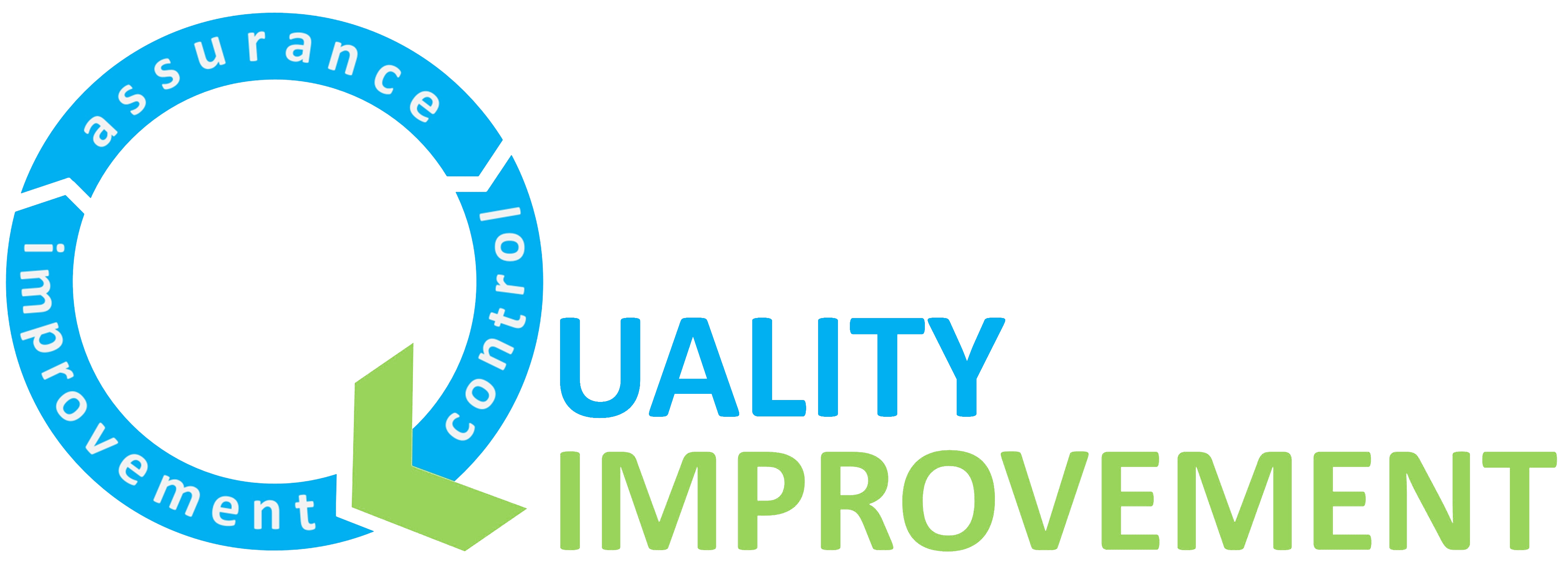What is QI?
Quality improvement (QI) is about giving people closest to the issues impacting care the skills and resources they need to solve complex problems.
Quality improvement is about applying a systematic approach to working through a complex issue, involving the people closest to the issue in understanding it deeply, developing creative ideas and testing these, using data to learn and adapt.
The Benefits of QI

ELFT have developed a framework for evaluating return on investment from quality improvement. Figure 1. explains how East London Foundation Trust measures the benefits of improving healthcare quality. The triangle is divided into different types of benefits:
- Revenue: Money earned.
- Cost reductions: Saving money by spending less.
- Cost avoidance: Preventing future expenses.
- Productivity and efficiency: Doing more with the same resources.
- Staff experience: How happy and satisfied the staff are.
- Patient, carer, and family experience outcomes: How patients and their families feel about the care they receive.

This framework helps us to understand the overall impact of quality improvement efforts across the Trust.
Quality Improvement (QI) can unleash great creativity and innovation in addressing complex issues. To guide all improvement efforts, ELFT utilises the Model for Improvement, developed by Associates in Process Improvement.
Additionally, we have developed a step-by-step process, known as the ELFT Sequence of Improvement, to assist teams in developing their improvement initiatives.
Follow QI on social media
To keep up to date on the latest concerning QI at ELFT, follow us on our socials.









